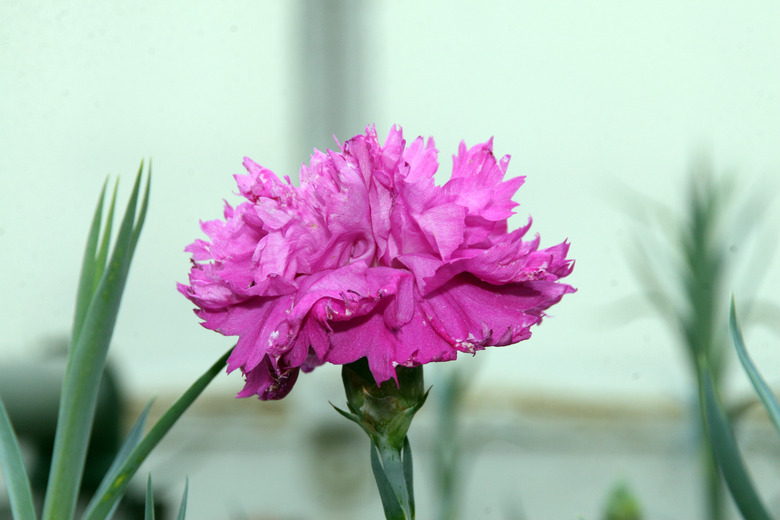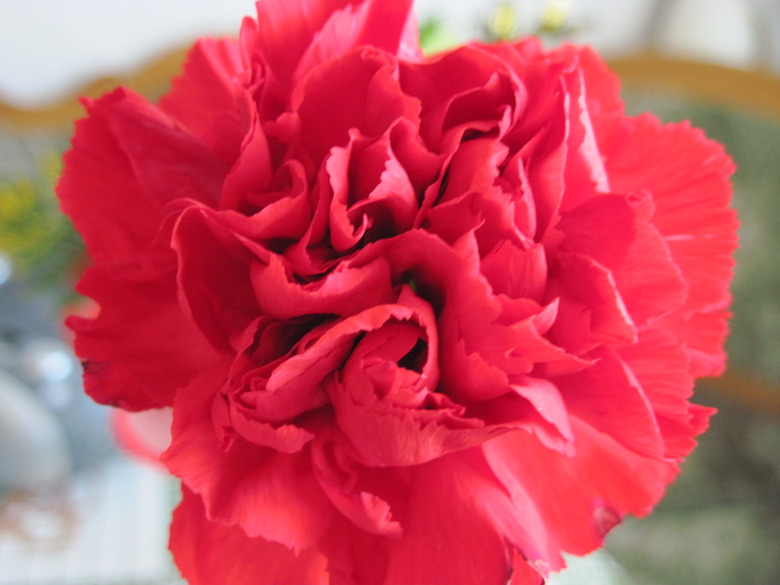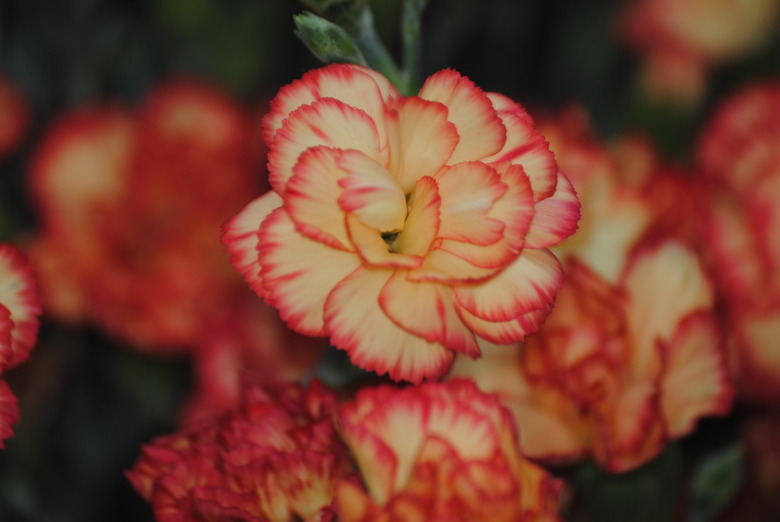The History Of The Carnation Flower
The carnation (Dianthus caryophyllus) is a popular cut flower that is cultivated in many parts of the world. These fragrant flowers are also known as clove pinks.
Carnations are hardy in USDA plant hardiness zones 6 to 9. Though they are perennials, they are often grown in the garden as annuals.
Carnation Background Information
Carnations originated in the Mediterranean region. The genus name Dianthus comes from a combination of the Greek word for god, "dios,” and the Greek word for flower, "dianthus." The genus name therefore roughly translates to "divine flower." The origin of the name is often traced back to the ancient Greek botanist Theophrastus.
It is thought that the Greeks used carnations in the ceremonial crowns they made to recognize athletes. It is believed that the Romans, who referred to carnations as the "flower of Jove," introduced these flowers to the rest of Europe. Literary giant William Shakespeare mentions carnations in his play "Winter's Tale."
Tip
References to carnations date back to ancient Greece and ancient Rome.
Carnations were introduced in the U.S. in the 19th century. The red carnation, which is the national flower of Spain, was also designated the state flower of Ohio in 1904 in honor of President William McKinley, who was from the state and was assassinated. McKinley would often have a red carnation pinned to his clothes.
What Is a Carnation Flower?
The carnations on the market today are cultivars and hybrid versions. Finding wild carnations for sale is rare. There are two types of carnations: border carnations, which grow on stems that are 16 inches in height and are used in gardens, and florist carnations, which have a height of about 4 feet.
While early carnations were probably pink or peach, hybridization has produced many carnation flower colors. There are white carnations, yellow carnations, pink carnations, red carnations and purple carnations. There are two-toned cultivars available as well.
What Are Carnations Used For?
As cut flowers, carnations are popular for floral arrangements and bouquets for occasions like Mother's Day. In fact, at one point, it was declared the official flower of Mother's Day in the United States. Carnations are also used in boutonnieres for weddings.
In the garden, carnations can be used to add pops of color to a border. They can also be grown in containers.
Growing Carnations in the Garden
Like many other types of flowering plants, carnations grow best in full sun, which means they should receive six to eight hours of sunlight a day. That said, carnations prefer climates where summers are cool.
Carnations perform best when they are planted in moist, well-draining soil that is rich in organic matter and has a gritty texture. Soil that has a neutral or slightly alkaline pH is best for carnations. When grown in climates with hot summers, they will need more water.
Tip
Carnations are cool-weather plants and need extra water when grown in hot temperatures.
Carnations typically bloom in June and July. Deadheading the plants, which means removing the spent flowers, can help promote bloom time. These plants tend to be deer-resistant.
References
- North Carolina State Extension: History and Legend of Carnation to 1800
- North Carolina State Extension: Dianthus caryophyllus
- UC Master Gardeners of Butte County: Dianthus, the "Divine Flower"
- Missouri Botanical Garden: Dianthus caryophyllus 'Clarion'
- Smithsonian: Metal sculpture, Ohio state flower – Scarlet Carnation
- Shakespeare Birthplace Trust: Shakespeare's Favourite Flowers: The Carnation
- Better Homes and Gardens: How to Plant and Grow Dianthus


